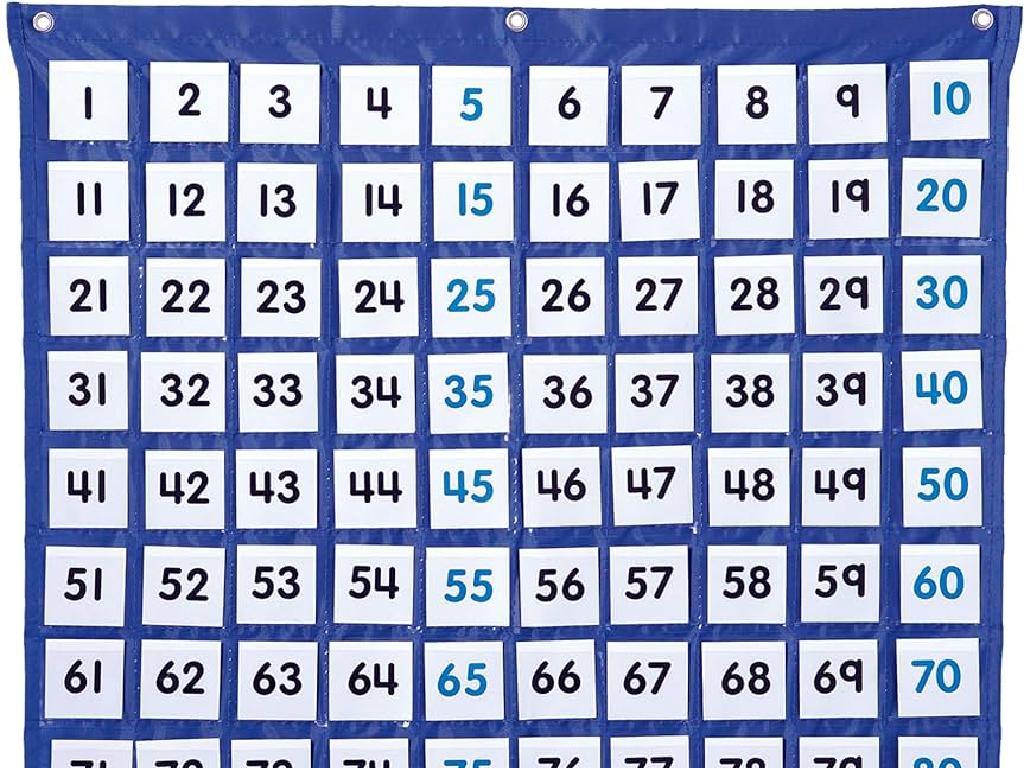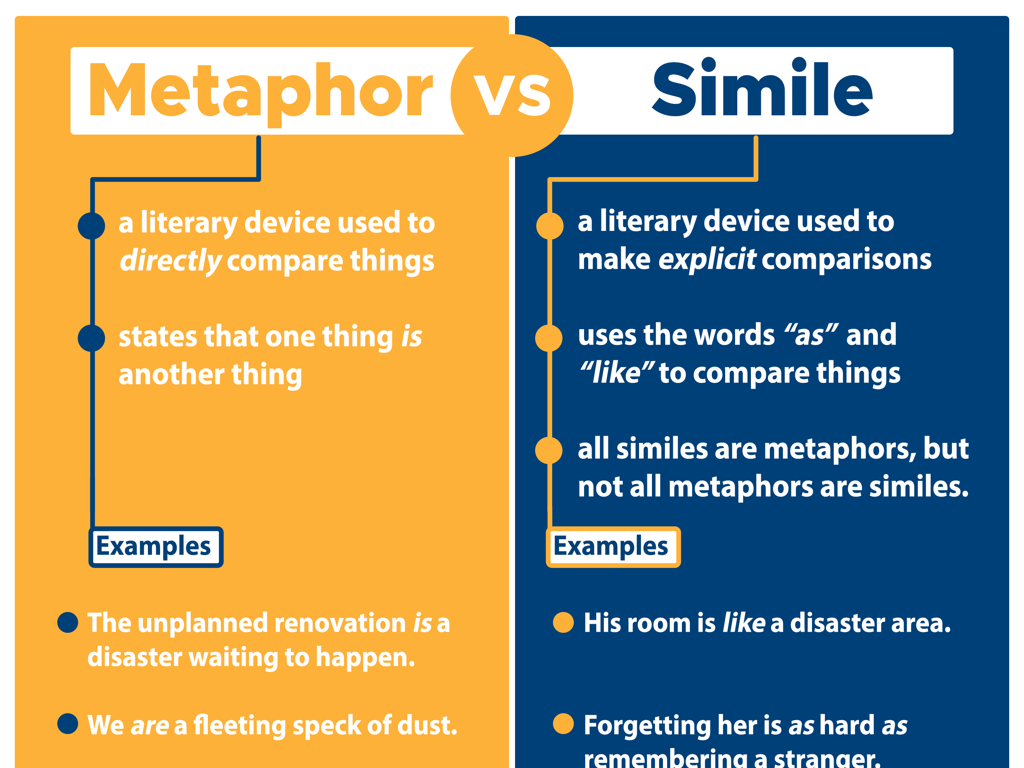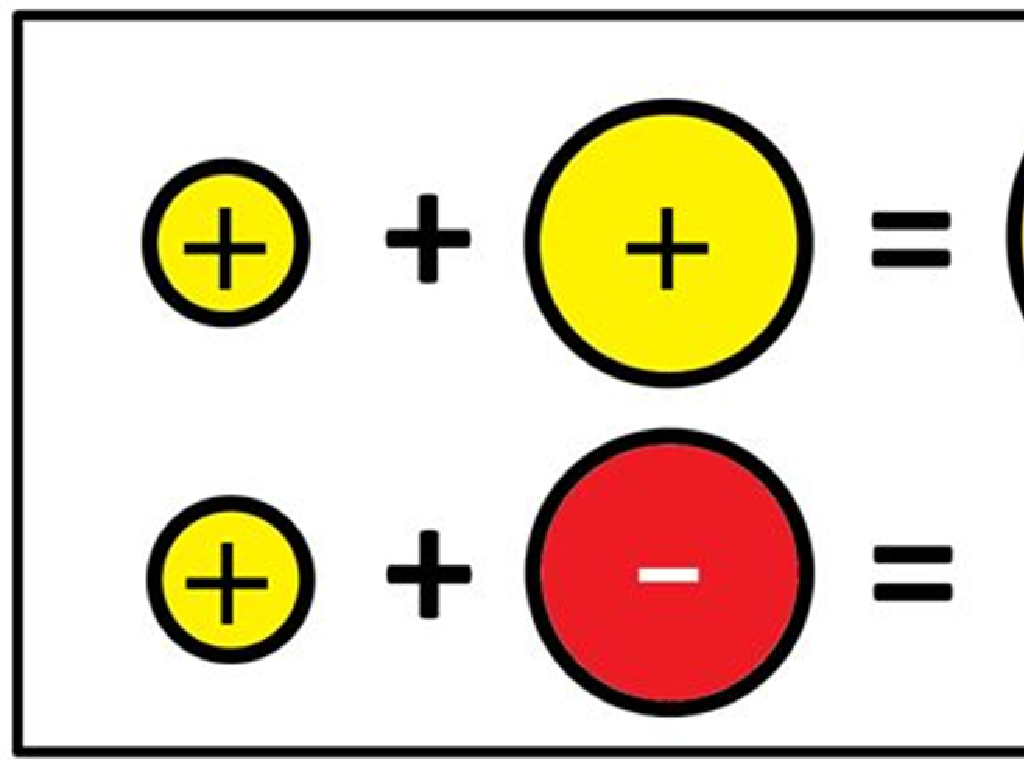Words With Un-, Dis-, In-, Im-, And Non-
Subject: Language arts
Grade: Eighth grade
Topic: Prefixes And Suffixes
Please LOG IN to download the presentation. Access is available to registered users only.
View More Content
Exploring Prefixes: Changing Word Meanings
– Define prefixes
– Prefixes are word parts added to the beginning of a word to change its meaning.
– Common prefixes: un-, dis-, in-, im-, non-
– ‘un-‘ means not, ‘dis-‘ means opposite, ‘in-‘ and ‘im-‘ mean not, ‘non-‘ means not or without.
– Prefixes alter word meanings
– For example, ‘happy’ to ‘unhappy’ shows negation, while ‘approve’ to ‘disapprove’ shows opposition.
– Practice with examples
|
Introduce the concept of prefixes to students, explaining that they are groups of letters placed before the root of a word to alter its meaning. Provide examples of common prefixes such as ‘un-‘, ‘dis-‘, ‘in-‘, ‘im-‘, and ‘non-‘, and discuss how they transform the words they precede. For instance, ‘un-‘ can change the positive connotation of a word to a negative one, as in ‘known’ to ‘unknown’. Encourage students to think of additional examples and consider how the meaning shifts. This understanding is crucial for vocabulary development and word comprehension. Instruct students to practice by identifying prefixes in words and predicting their meanings based on their knowledge of these common prefixes.
Exploring the Prefix ‘un-‘
– ‘un-‘ means ‘not’ or ‘opposite’
– Example: ‘happy’ to ‘unhappy’
– ‘un-‘ can change a word’s meaning to its negative form
– Discover more ‘un-‘ words
– We’ll search for words and transform them using ‘un-‘
– Understand the impact of ‘un-‘
– Adding ‘un-‘ often flips the word’s meaning, altering sentences
|
This slide introduces the prefix ‘un-‘ and its function to negate or reverse the meaning of the base word it’s attached to. Start by explaining the definition of ‘un-‘ and provide the example of ‘happy’ changing to ‘unhappy’ to illustrate the concept. Encourage students to actively participate by finding additional words that can take the ‘un-‘ prefix. Discuss how adding ‘un-‘ to a word can change the entire context of a sentence and convey the opposite meaning. This activity will help students understand how prefixes can dramatically alter word meanings and enhance their vocabulary skills.
Exploring the Prefix ‘dis-‘
– ‘dis-‘ indicates negation or separation
– Example: ‘agree’ to ‘disagree’
– Class activity: Find ‘dis-‘ words
– Look for ‘dis-‘ words in provided sentences
– Understand ‘dis-‘ in context
– How does ‘dis-‘ change the meaning?
|
The prefix ‘dis-‘ is commonly used in English to negate the original meaning of the base word or to indicate separation. For example, when ‘dis-‘ is added to ‘agree’, it changes the meaning to not agree. During the class activity, provide students with sentences that contain words with the prefix ‘dis-‘. Ask them to identify these words and discuss how the prefix alters the meaning of the base word. This activity will help students understand how prefixes can change word meanings and enhance their vocabulary. Possible activities include matching ‘dis-‘ words with their meanings, using ‘dis-‘ words in their own sentences, and identifying ‘dis-‘ words in a reading passage.
Understanding Prefixes: in- and im-
– ‘in-‘ and ‘im-‘ mean ‘not’
– ‘possible’ to ‘impossible’
– Changes the meaning to its opposite
– ‘im-‘ before ‘p’ or ‘m’
– Example: ‘imperfect’ (not perfect)
– Group activity: list ‘in-‘ and ‘im-‘ words
– Collaborate to expand vocabulary
|
This slide introduces the prefixes ‘in-‘ and ‘im-‘ which both mean ‘not’ and are used to negate the meaning of the root word they precede. For example, ‘possible’ changes to ‘impossible’, indicating something that cannot happen. It’s important to note that ‘im-‘ is specifically used before words starting with ‘p’ or ‘m’. The group work activity is designed to engage students in collaborative learning by creating a list of words using ‘in-‘ and ‘im-‘. This will help them understand how prefixes alter word meanings and enhance their vocabulary. Teachers should facilitate the group work, ensuring each student participates and contributes to the list. Possible variations of the activity could include creating sentences with the new words, discussing the nuances in meaning, or even creating a word wall with the class’s findings.
Understanding the Prefix ‘non-‘
– ‘non-‘ means ‘not’ or ‘without’
– Example: ‘sense’ to ‘nonsense’
– ‘nonsense’ implies a lack of sense or meaning
– ‘non-‘ alters word meaning
– It often negates the original word’s meaning
– Discuss the impact of ‘non-‘
– Consider ‘profit’ vs. ‘nonprofit’ and their connotations
|
The prefix ‘non-‘ is a simple yet powerful linguistic tool that students can use to alter the meaning of a word to express negation or absence. By adding ‘non-‘ to the beginning of a word, the new term typically signifies the opposite of the original word’s meaning. For example, ‘sense’ refers to a logical meaning, while ‘nonsense’ refers to something that doesn’t make sense. During the discussion, encourage students to think about how ‘non-‘ changes the words they encounter daily, such as ‘nonstick’ cookware or ‘nonfiction’ books. Ask them to come up with additional examples and consider the nuances that ‘non-‘ adds to each term.
Exploring Prefixes in Literature
– Read a story with prefixed words
– Identify prefixed words in context
– Find words with un-, dis-, in-, im-, non- and discuss their meaning within the story
– Discuss the use of prefixes
– How do prefixes change the meaning of base words?
– Understand authors’ choices
– Authors use prefixes to add complexity and nuance to their writing
|
This slide is aimed at helping students understand the role of prefixes in altering the meaning of base words and how they are used in literature. By reading a story, students will be able to see prefixed words used in a natural context. They should identify words with common prefixes like un-, dis-, in-, im-, and non-, and discuss how these prefixes modify the meanings of the words they precede. The discussion should also cover why authors choose to use prefixes, which is often to convey a more precise or nuanced meaning, to create opposites, or to add description. Encourage students to think critically about how the use of prefixes can change the tone or direction of a text. This activity will enhance vocabulary and comprehension skills.
Exploring Prefixes: Altering Word Meanings
– Understanding prefix impact
– Prefixes like un-, dis-, in-, im-, non- change the meaning of root words.
– Activity: Matching game with prefixes
– Match base words to their correct prefixed form.
– Critical thinking on prefixes
– Consider how a prefix can alter the plot or characters of a story.
– Prefixes’ role in narrative context
– Discuss how adding prefixes like ‘un-‘ or ‘im-‘ can create opposites, affecting the story’s direction.
|
This slide introduces the concept of prefixes and how they modify the meanings of base words. Begin with examples illustrating how prefixes like ‘un-‘, ‘dis-‘, ‘in-‘, ‘im-‘, and ‘non-‘ can turn a word into its opposite or give it a different meaning. The activity involves students matching words to their correct prefixed form, reinforcing their understanding of each prefix. Encourage critical thinking by asking students how a prefix could change elements of a story, such as a character’s traits or the outcome of a plot. This exercise will help students grasp the power of prefixes in altering word meanings and the impact this can have on language and storytelling. Provide guidance for the activity, ensuring students understand the purpose and learning outcomes expected from this exercise.
Class Activity: Prefix Hunt
– Scavenger hunt for prefixed words
– Find items or labels in class with un-, dis-, in-, im-, non-
– Create new words with prefixes
– Add un-, dis-, in-, im-, non- to base words
– Share findings with the class
– Present the words you’ve found or created
– Group discussion on word meanings
– Discuss how prefixes change word meanings
|
This interactive activity is designed to help students recognize and understand the use of prefixes in language. Students will search the classroom for words that contain the prefixes un-, dis-, in-, im-, and non-. They will also create new words by adding these prefixes to base words they know. After the hunt, students will share their findings with the class and engage in a group discussion about how the addition of a prefix can alter the meaning of a word. For the teacher: Prepare a list of base words that students can use to create new words with prefixes. Have a worksheet ready for students to record their findings. Consider creating small groups to encourage collaboration. Possible variations of the activity could include a timed challenge, prefix bingo, or creating a prefix word wall with the class.
Wrapping Up: Prefixes and Homework
– Review of prefix meanings
– Homework: Craft sentences
– Create original sentences using today’s new vocabulary
– Use words with prefixes
– Include un-, dis-, in-, im-, non- prefixed words
– Upcoming quiz preparation
|
As we conclude today’s lesson on prefixes, remind students of the importance of understanding the meaning of prefixes such as un-, dis-, in-, im-, and non-. For homework, they should write original sentences using the new words they’ve learned, ensuring they understand how the prefix changes the word’s meaning. Encourage creativity and proper usage of the words in context. Additionally, inform students that there will be a quiz on prefixes during the next class, so they should review their notes and practice with the homework assignment to prepare. Offer some example sentences as a starting point and remind them of the resources available if they need extra help.






